Manzanar National Historic Site
The tragedy of the Japanese internment camps is remembered here by a stark "Soul Consoling Tower."
Beginning in 1942 the government of the United States rounded up more than 110,000 Japanese American citizens and placed them in brutalist encampments where many spent years.
Ten camps were created across the country to deal with the perceived threat that Japanese Americans posed in the wake of the attack on Pearl Harbor. The first of these camps was constructed in the desert town of Manzanar, California. At its height of population Manzanar held over 10,000 incarcerated people, some immigrants, some born native in America, and even some simply of Japanese descent. Life in the camp was brutal and militaristic with meal lines and sub-standard housing the norm. While resistance among the camps was not widespread, an incident at Manzanar broke out into a riot that left two inmates dead. The camp was closed in 1945, once again displacing thousands of wrongfully imprisoned U.S. citizens and most of the remains of the camp were dismantled.
The only remnants of the camp include some sentry towers, a few scant buildings, and most affecting a stone plinth that was built on the camp’s cemetery grounds. The monument was built by an incarcerated stonemason who carved the “Soul Consoling Tower” on the front of the obelisk. While the remains of the other camps were readily wiped away at the cessation of the interment program, the remnants at Manzanar are now a protected site dedicated to the memory of those that suffered at the site.
Manzanar is now a National Historic Site, with an excellent visitor center. You can see replicas of the cabins the internees lived in, and read many first-hand accounts from those who spent time there.
Know Before You Go
Take your time, it's well worth spending a few hours. And be ready to become infuriated.
Community Contributors
Added by
Edited by
Plan Your Trip
The Atlas Obscura Podcast is Back!






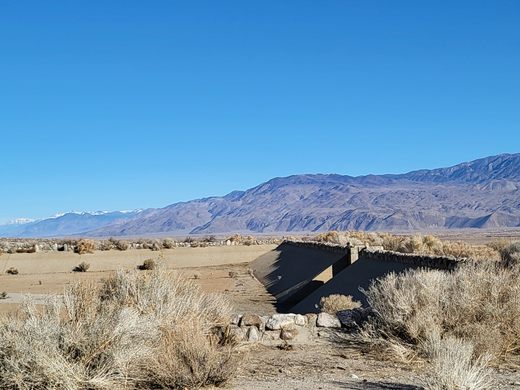
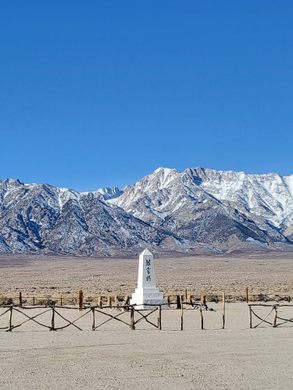
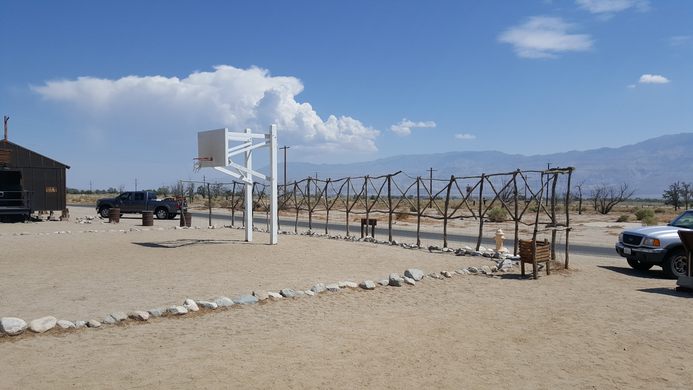
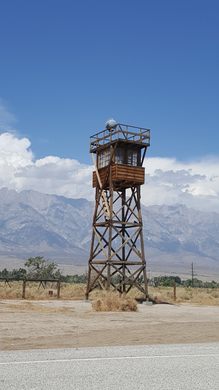
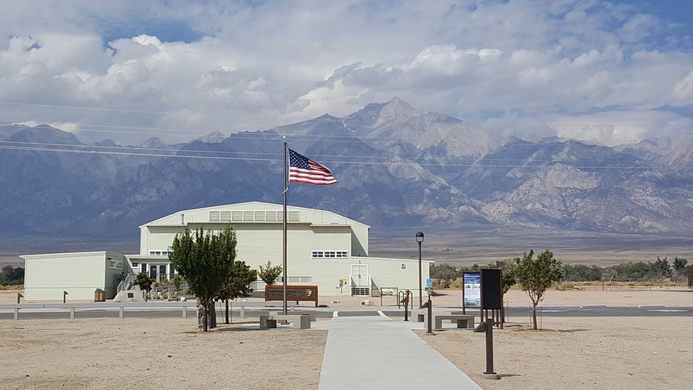
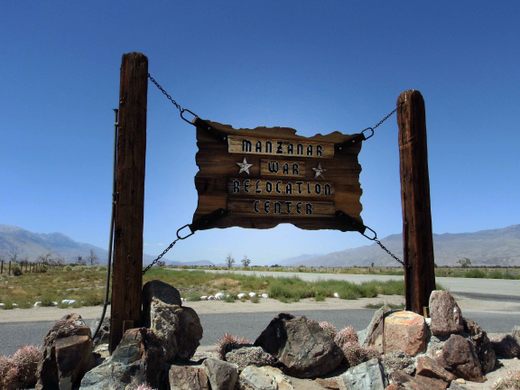
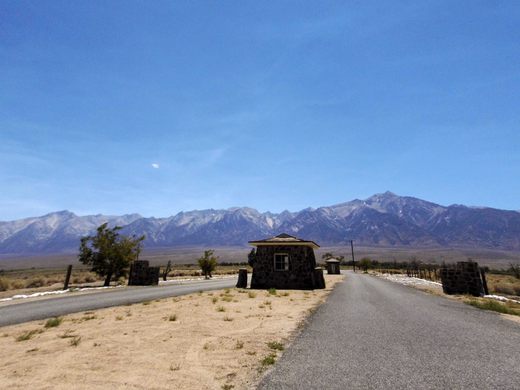




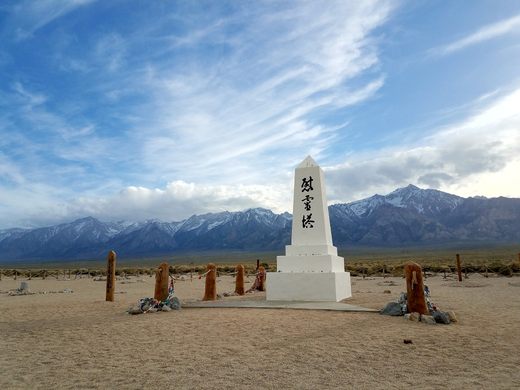




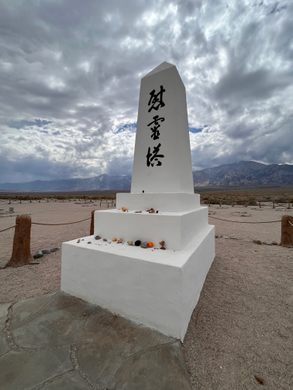

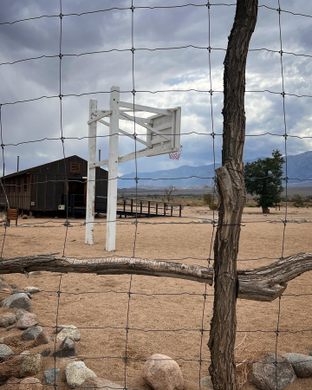
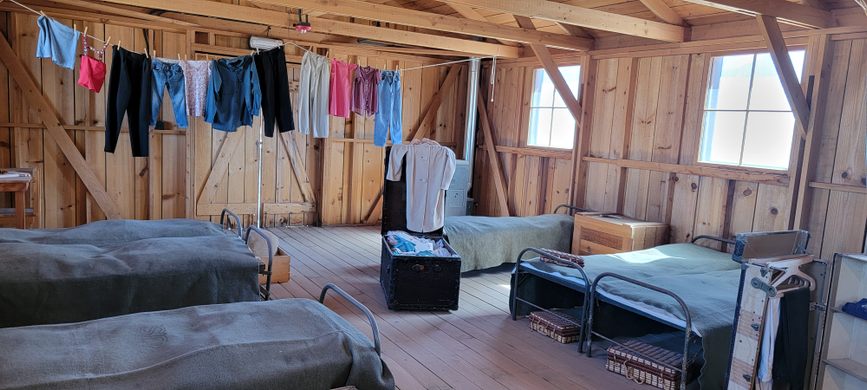















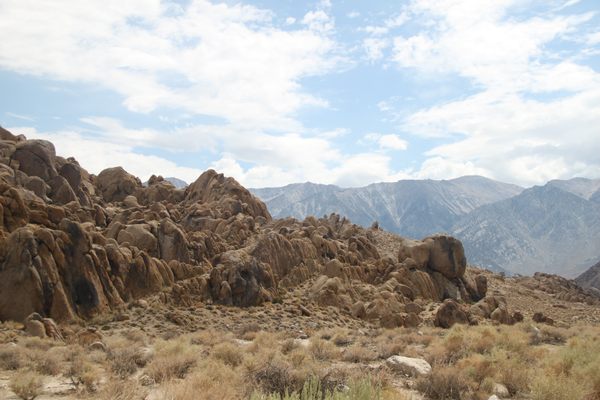
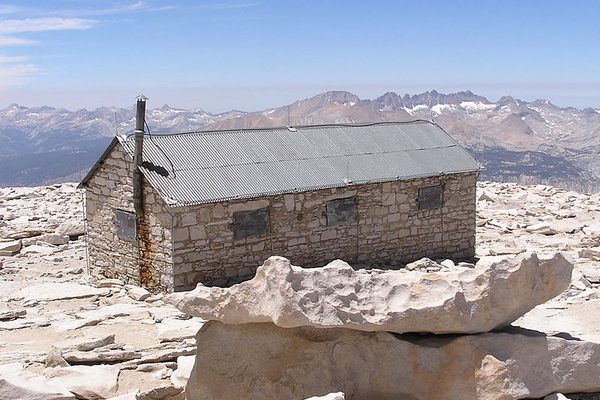


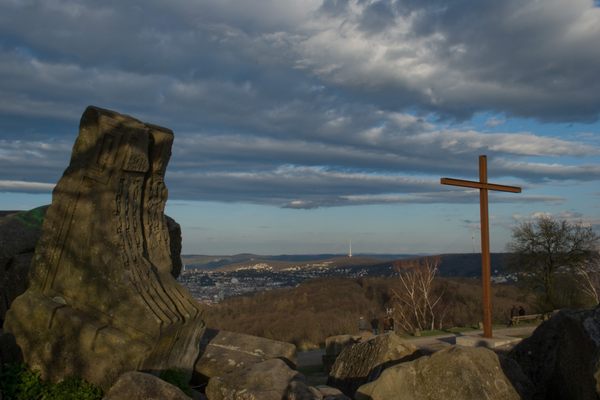

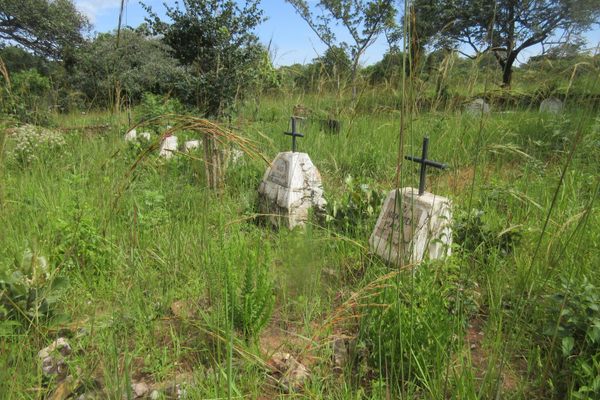
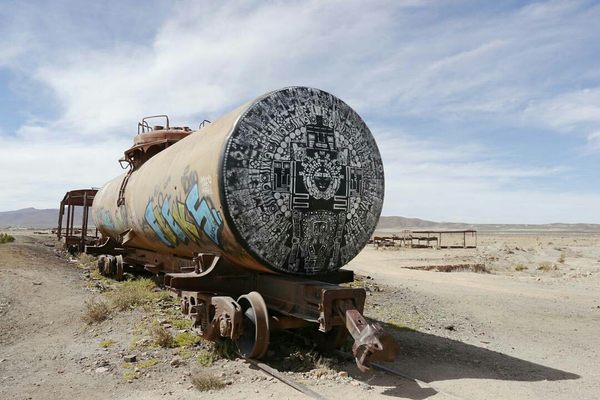

Follow us on Twitter to get the latest on the world's hidden wonders.
Like us on Facebook to get the latest on the world's hidden wonders.
Follow us on Twitter Like us on Facebook